Types Of Angles In Geometry
Angles are everywhere – from the corners of a book to the bend of an elbow. They define the space between two lines or rays and play a crucial role in both basic and advanced geometry. While the concept might seem elementary, understanding the different types of angles is essential as it serves as a foundation for various geometric principles and real-world applications. Dive into this guide to explore the diverse world of angles and their distinct characteristics.
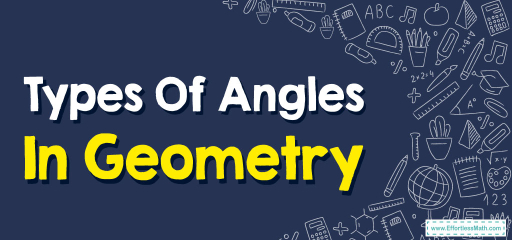
Step-by-step Guide: Types of Angles
Acute Angle:
An angle that measures less than \(90^\circ\) is termed as an acute angle. It’s like a slightly opened book or the sharp tip of a slice of pie.
Representation: If \( \angle ABC \) measures \(45^\circ\), then \( \angle ABC \) is an acute angle.
Right Angle:
A right angle measures exactly \(90^\circ\). Think of the corners of a rectangular book or the intersection of two perpendicular lines.
Representation: The angle is often marked by a small square at the intersection, signifying its \(90^\circ\) nature. If \( \angle DEF \) is a right angle, it measures \(90^\circ\).
Obtuse Angle:
An obtuse angle measures more than \(90^\circ\) but less than \(180^\circ\). It’s wider than a right angle but doesn’t stretch out flat. Picture a largely opened book.
Representation: If \( \angle GHI \) measures \(120^\circ\), then \( \angle GHI \) is an obtuse angle.
Straight Angle:
A straight angle measures exactly \(180^\circ\). Imagine a straight line or the flat edge of a ruler.
Representation: If rays \(BA\) and \(BC\) lie on the same straight line with point \(B\) as their endpoint, then \( \angle ABC \) is a straight angle.
Reflex Angle:
A reflex angle measures more than \(180^\circ\) but less than \(360^\circ\). It’s the larger angle formed when you have an obtuse or acute angle, representing the space ‘outside’ the smaller angle.
Representation: If \( \angle JKL \) measures \(270^\circ\), then \( \angle JKL \) is a reflex angle.
Complete Angle:
A complete angle measures \(360^\circ\). Think of a full circle or a clock’s hands making a complete round.
Representation: If rays \(MA\) and \(MC\) start and end in the same position after a full rotation around \(M\), then \( \angle AMC \) is a complete angle.
Examples
Example 1:
Three angles – one at the tip of a triangle, another at the corner of a square, and the last one representing almost three-fourths of a circle.
Solution:
The angle at the tip of the triangle is acute, the one at the square’s corner is a right angle, and the near-complete circular one is a reflex angle.
Example 2:
You’re setting up a sun dial. The angle between the gnomon (the dial’s part that casts the shadow) and the base needs to be what type?
Solution:
The gnomon should make a right angle with the base for accurate time-telling.
Practice Questions:
- If the hands of a clock are at \(3\) and \(9\), what type of angle do they form?
- What type of angle is formed when the hands of a clock read 2:30?
- When you partially open a door, what type of angle is most commonly formed between the door and its frame?

Answers:
- The hands form a straight angle of \(180^\circ\).
- They form an acute angle as the minute hand on 6 and the hour hand is halfway between \(2\) and \(3\), resulting in an angle less than \(90^\circ\).
- Most commonly, it’s an obtuse angle as doors, when partially open, usually create an angle larger than \(90^\circ\) but less than \(180^\circ\).
Related to This Article
More math articles
- Top 10 ISEE Upper-Level Math Practice Questions
- How to Solve Rational Exponents?
- How to Reduce Rational Expressions to the Lowest Terms?
- The Ultimate 7th Grade OST Math Course (+FREE Worksheets)
- How to Find Errors in Number Patterns
- How to Find Complementary, Supplementary, Vertical, Adjacent, and Congruent Angles?
- 10 Most Common 4th Grade FSA Math Questions
- 10 Most Common 8th Grade PSSA Math Questions
- Top 10 Tips to Improve Your Low SAT Math Score
- 5th Grade SBAC Math Worksheets: FREE & Printable
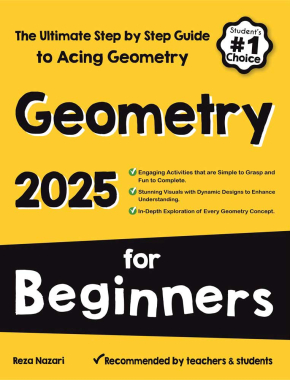
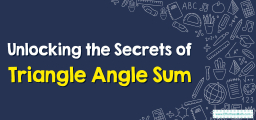


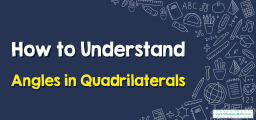
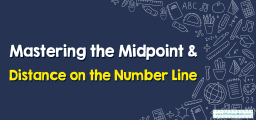
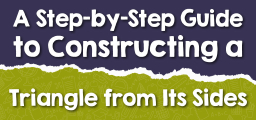
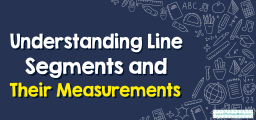
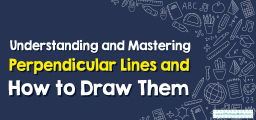
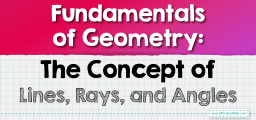
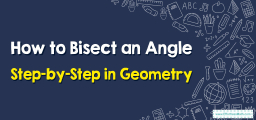

What people say about "Types Of Angles In Geometry - Effortless Math: We Help Students Learn to LOVE Mathematics"?
No one replied yet.